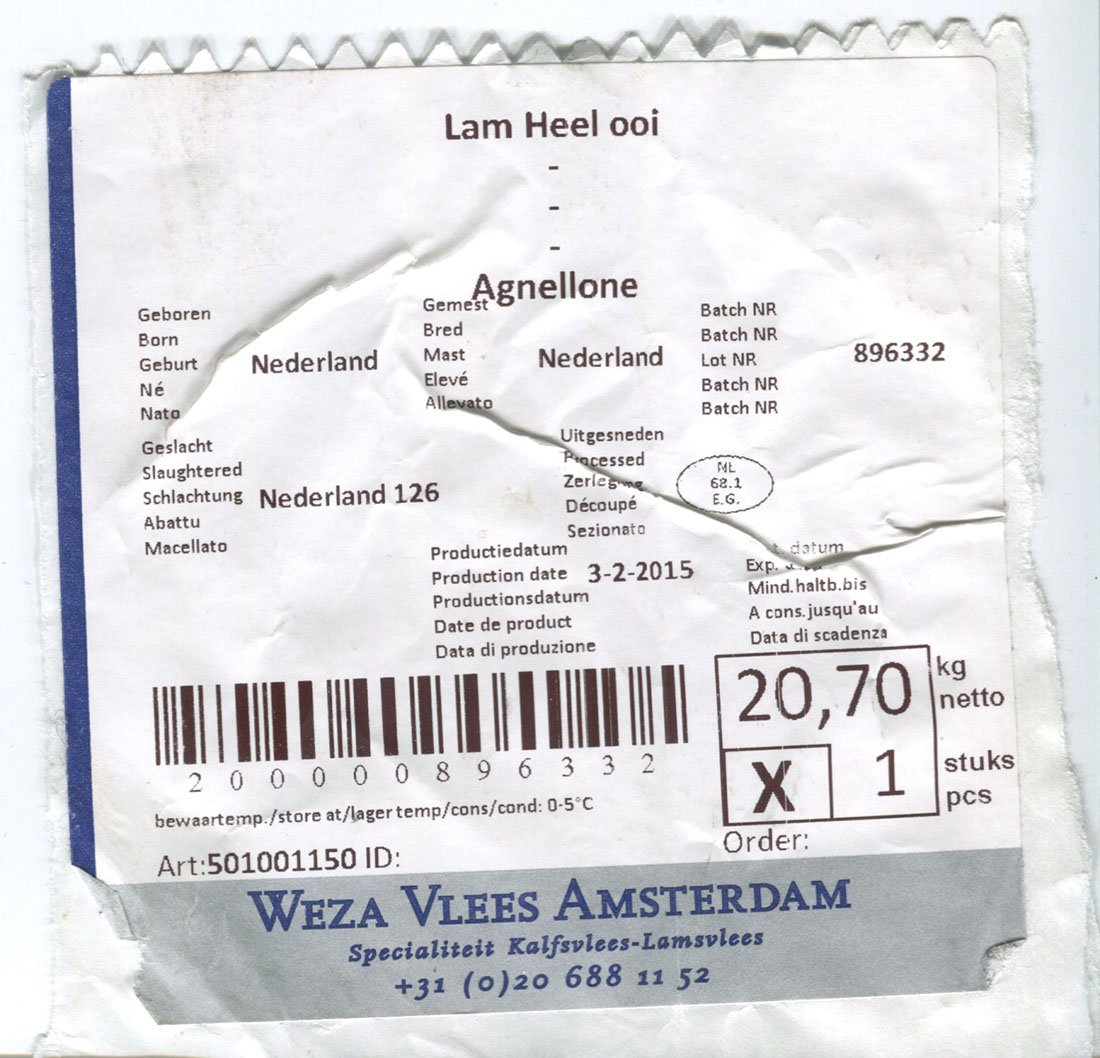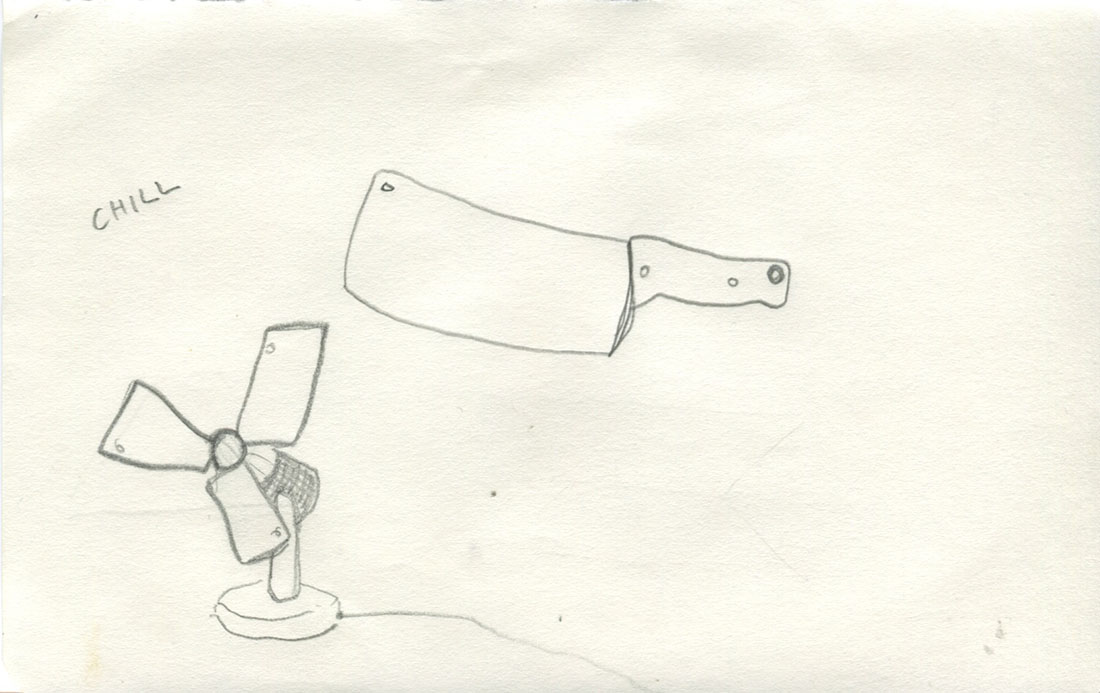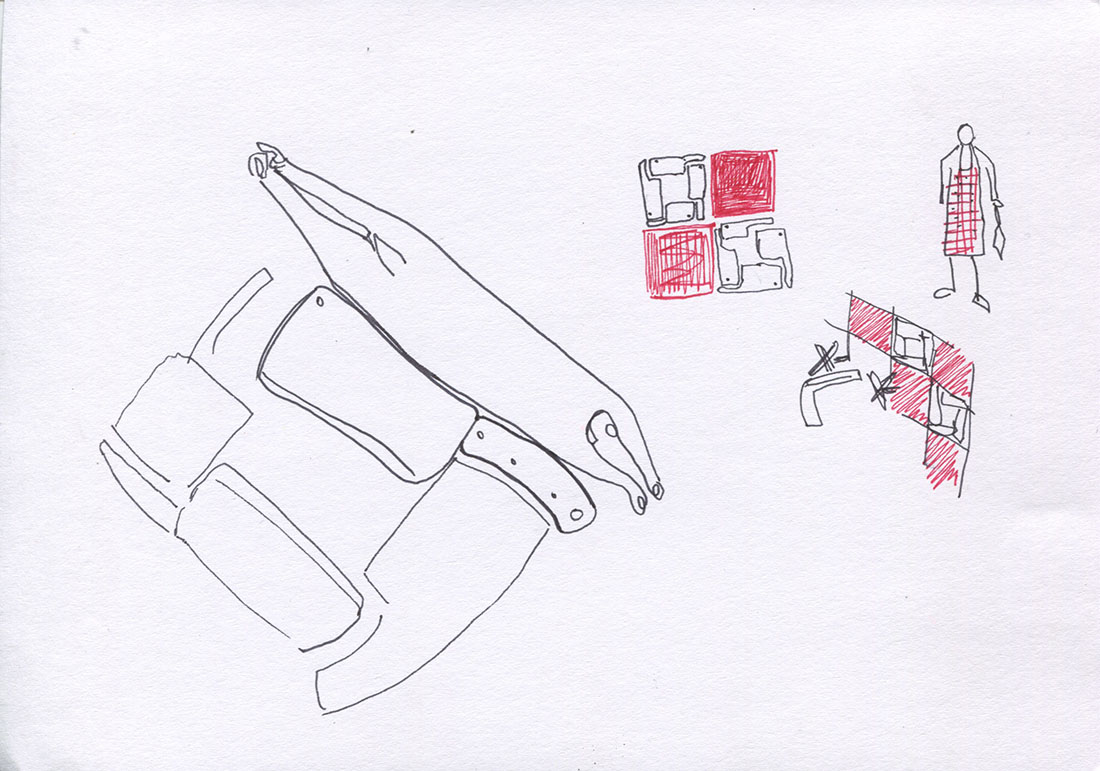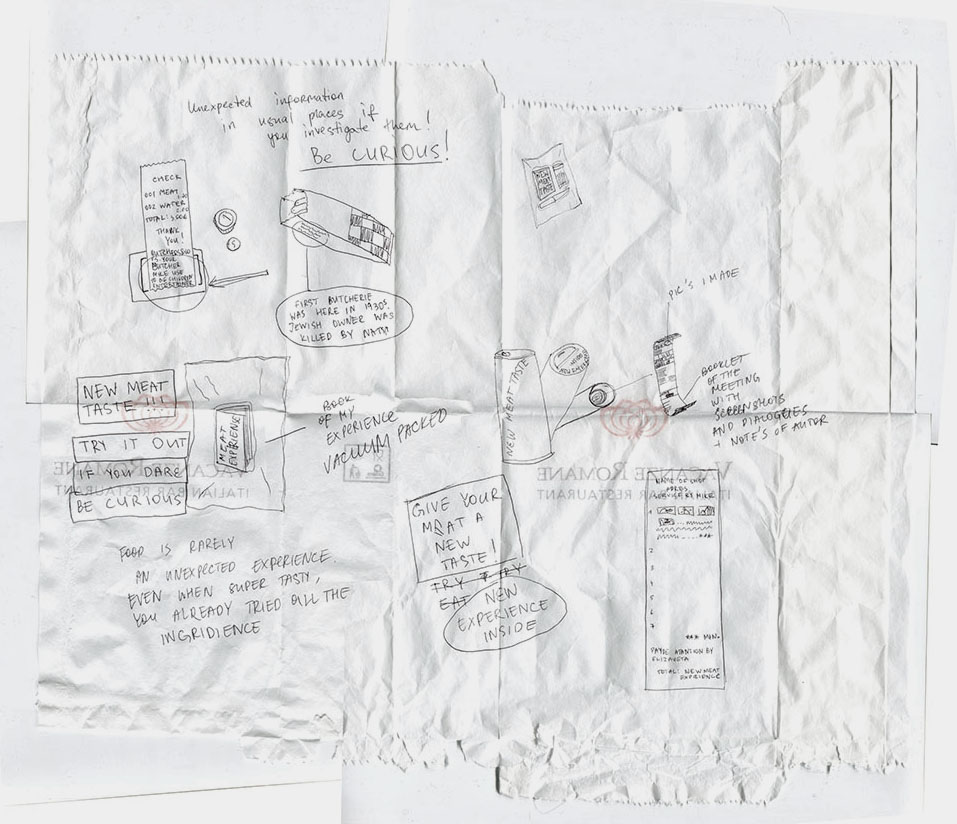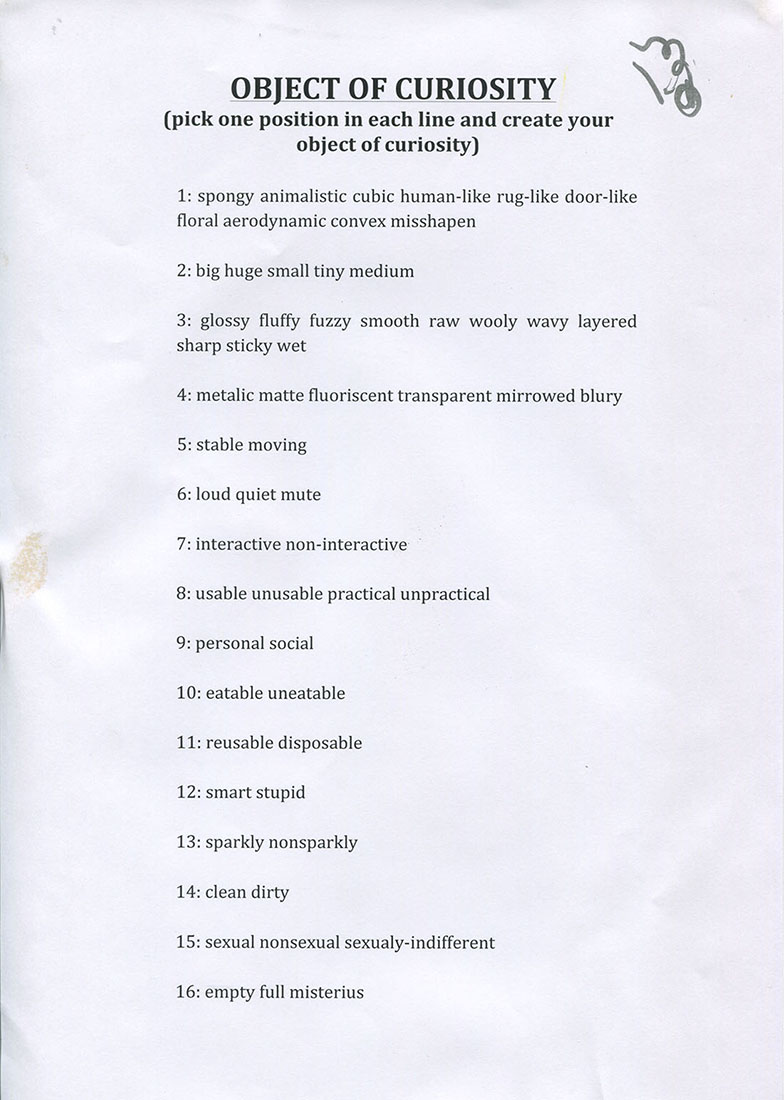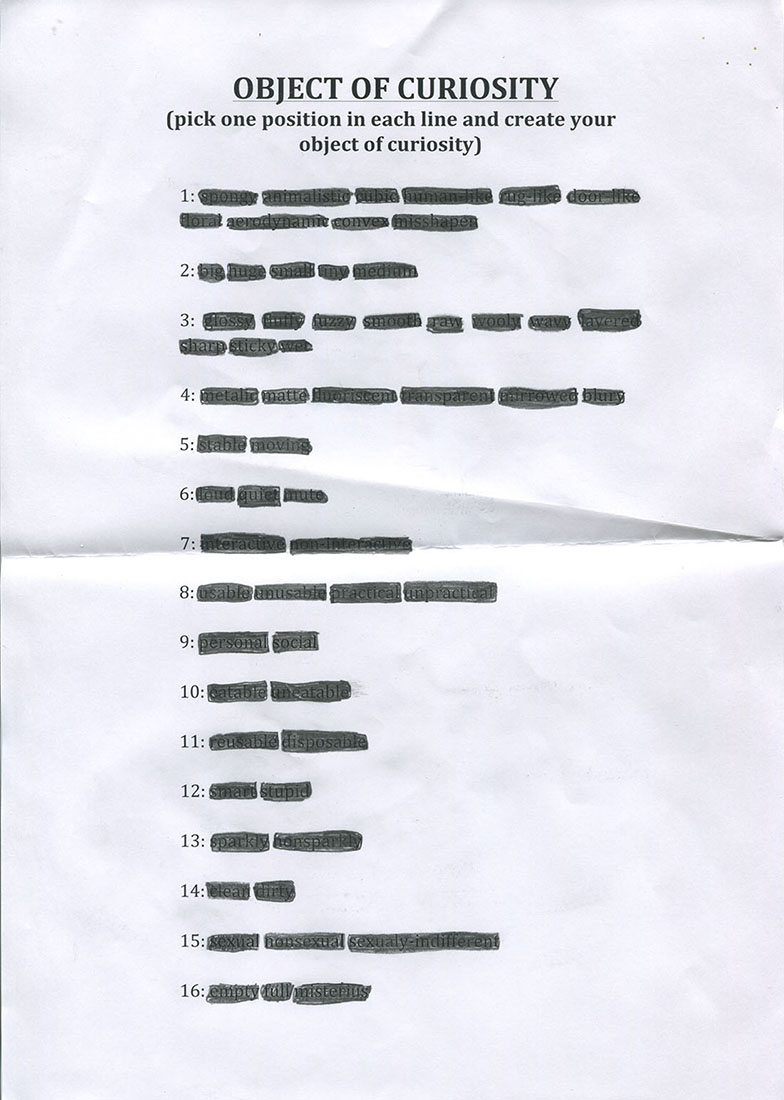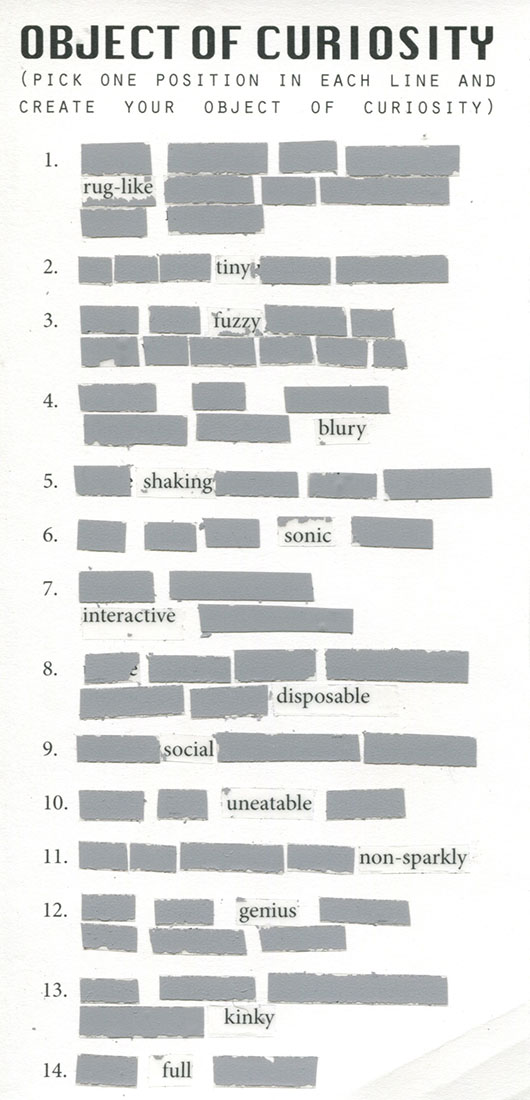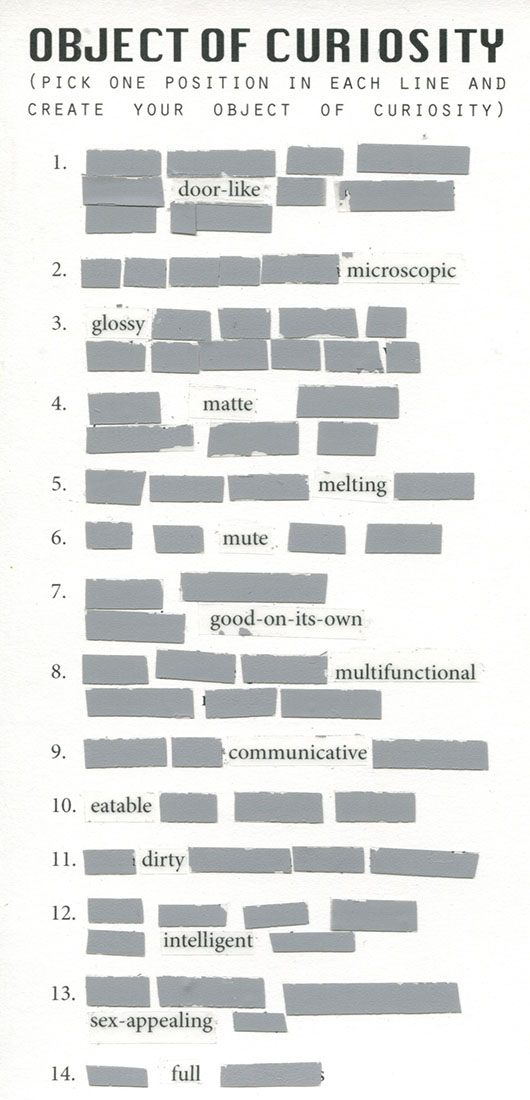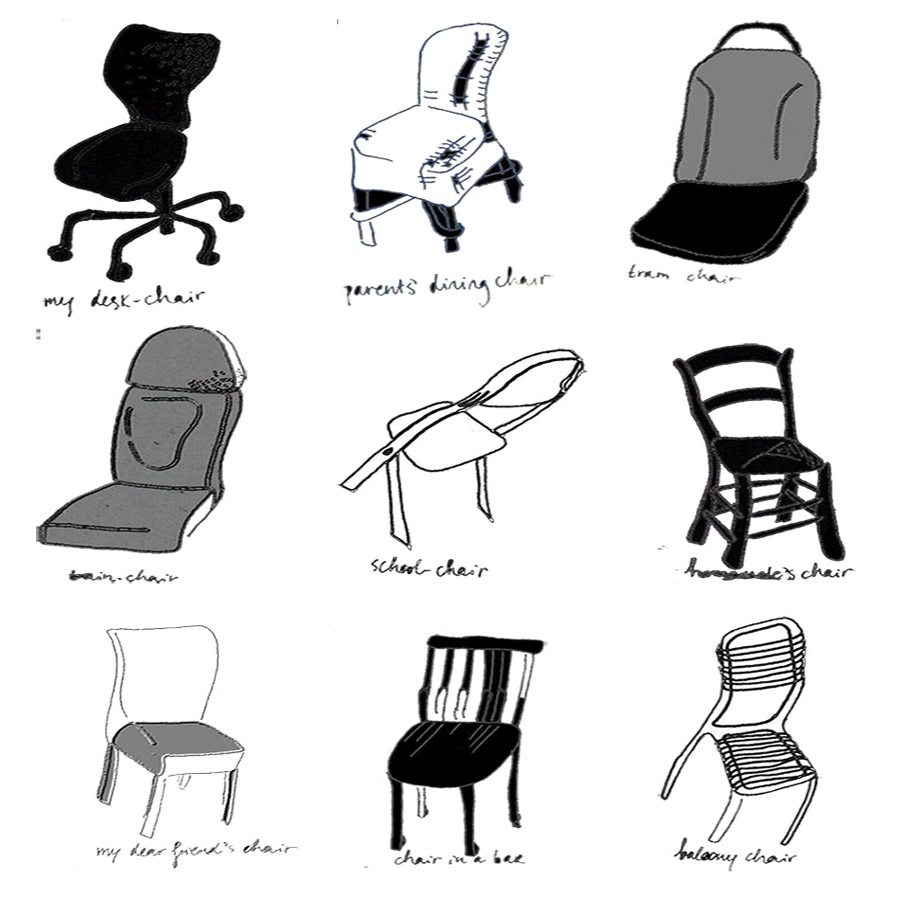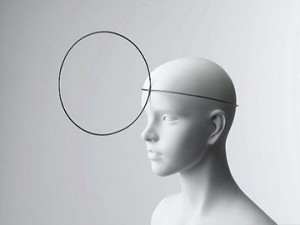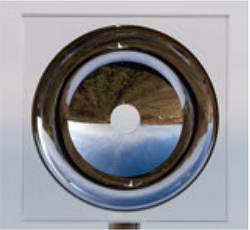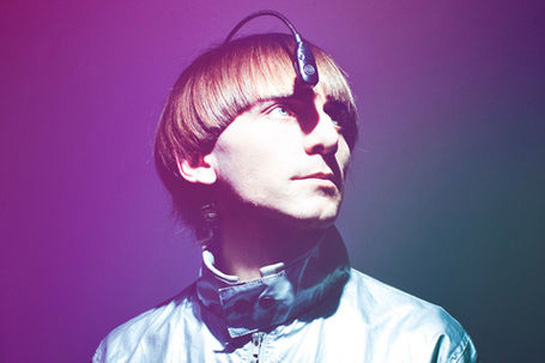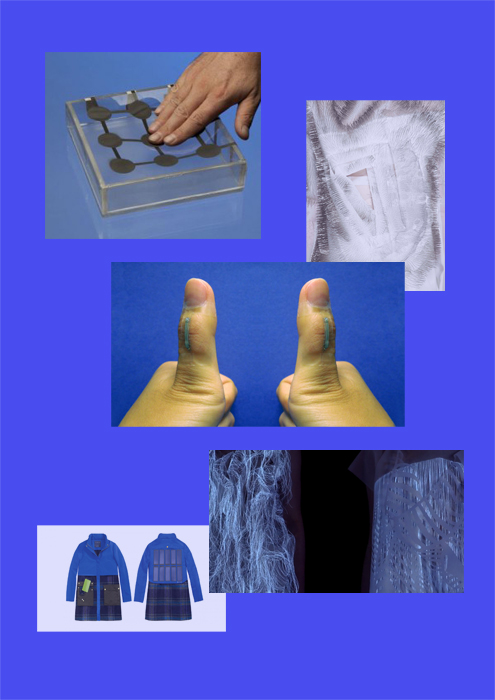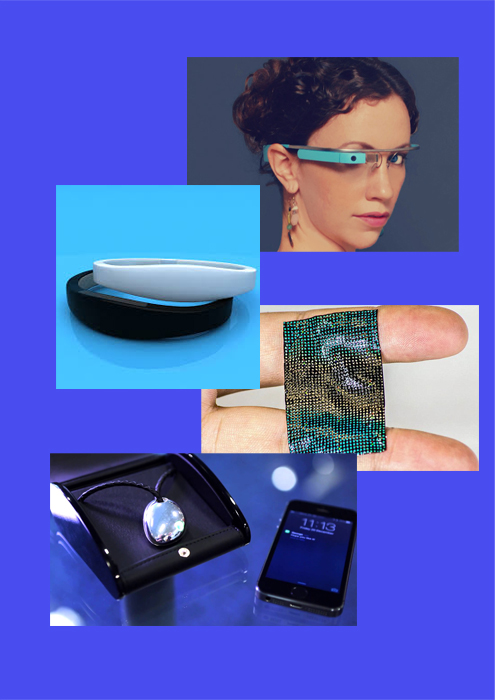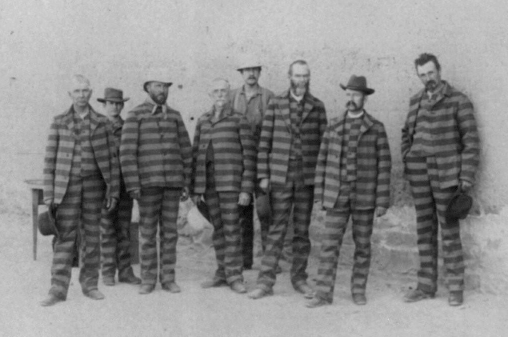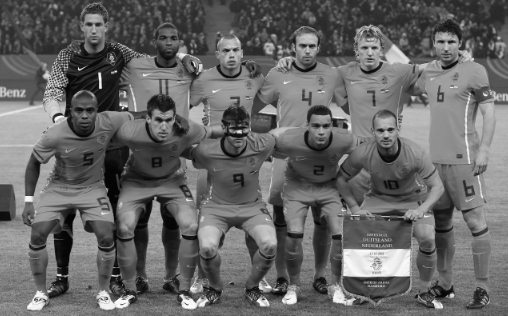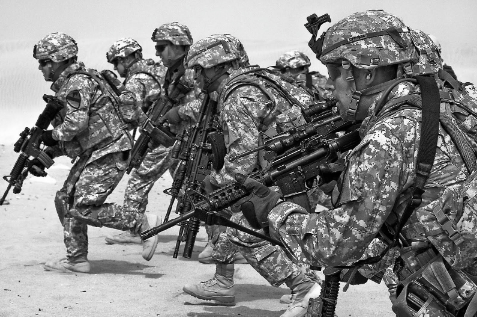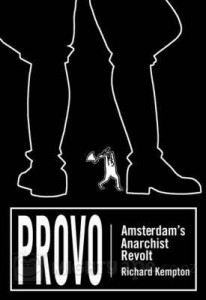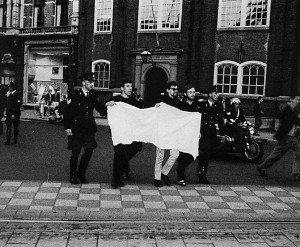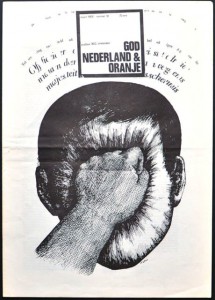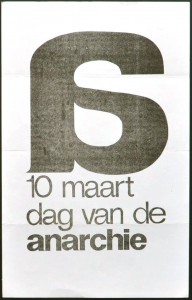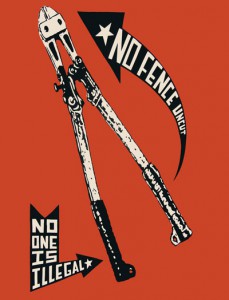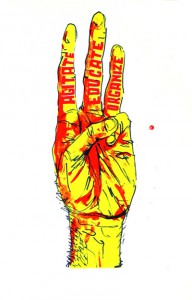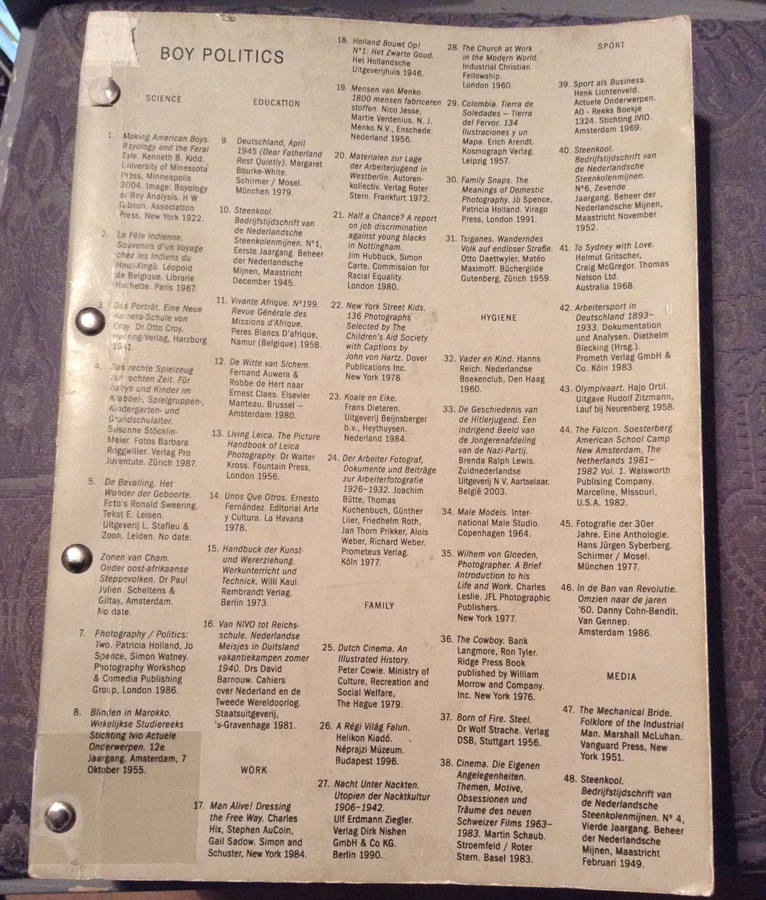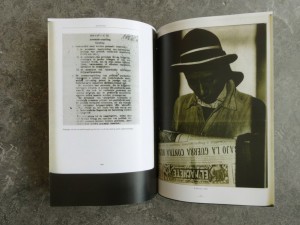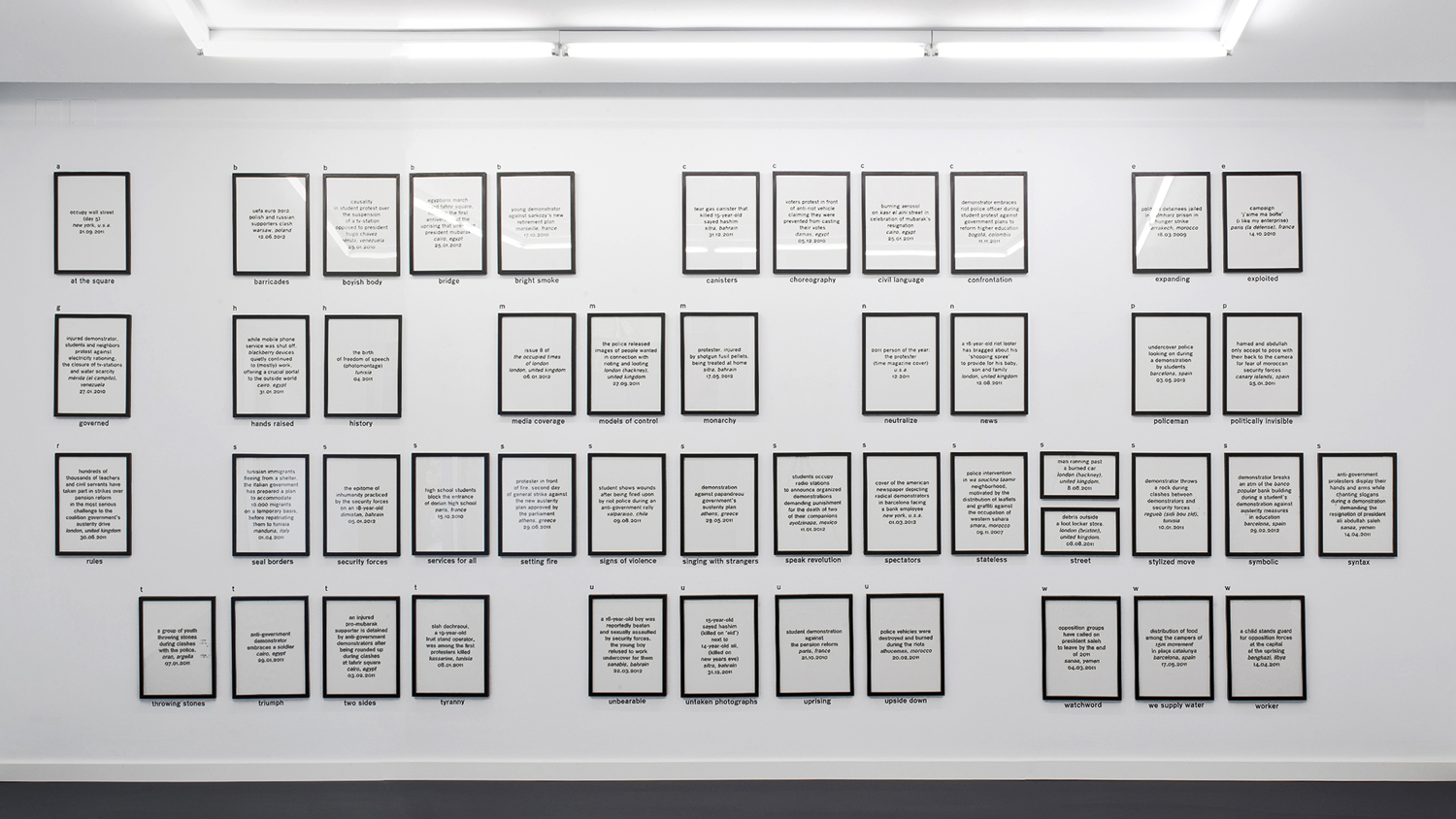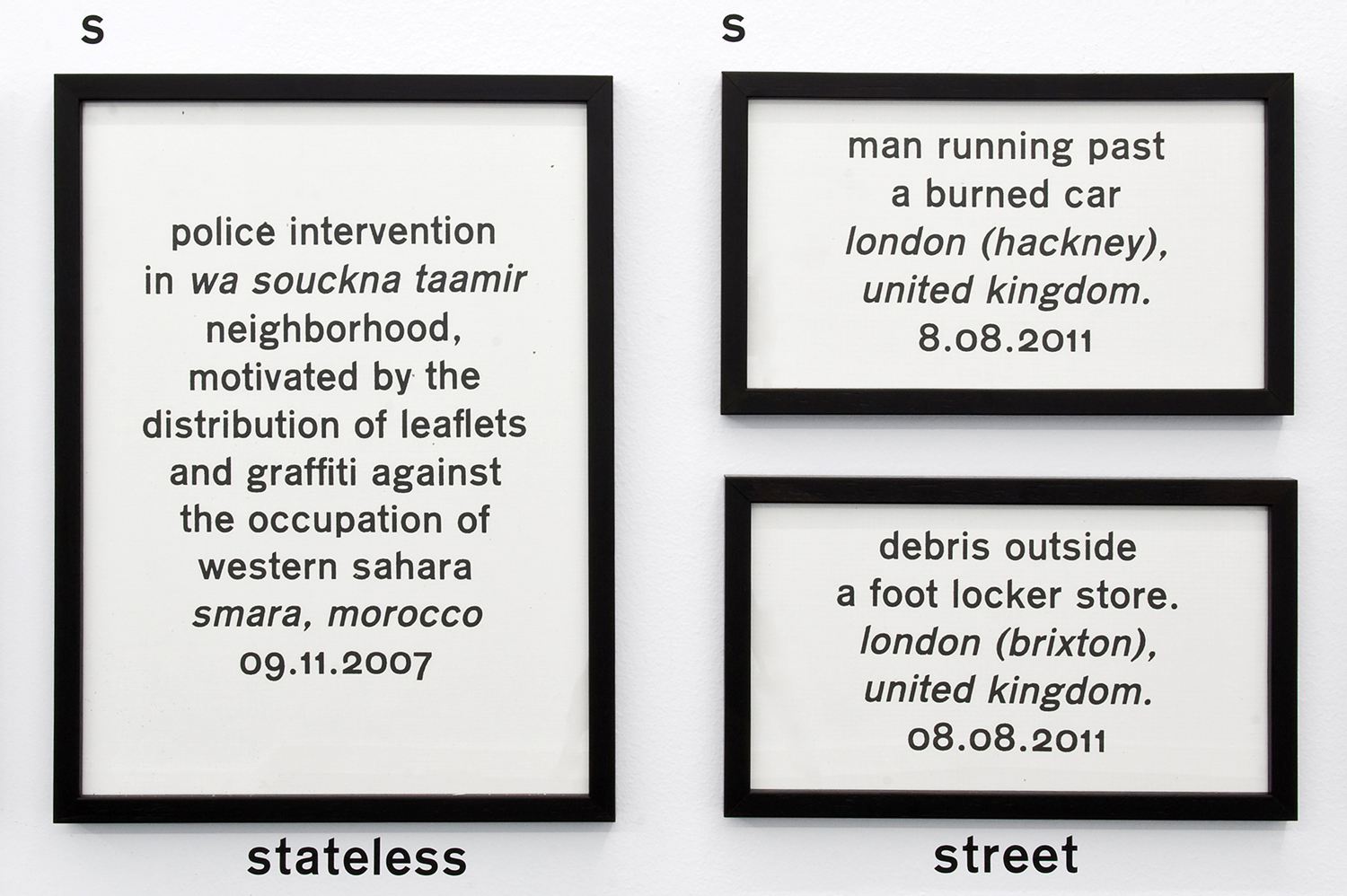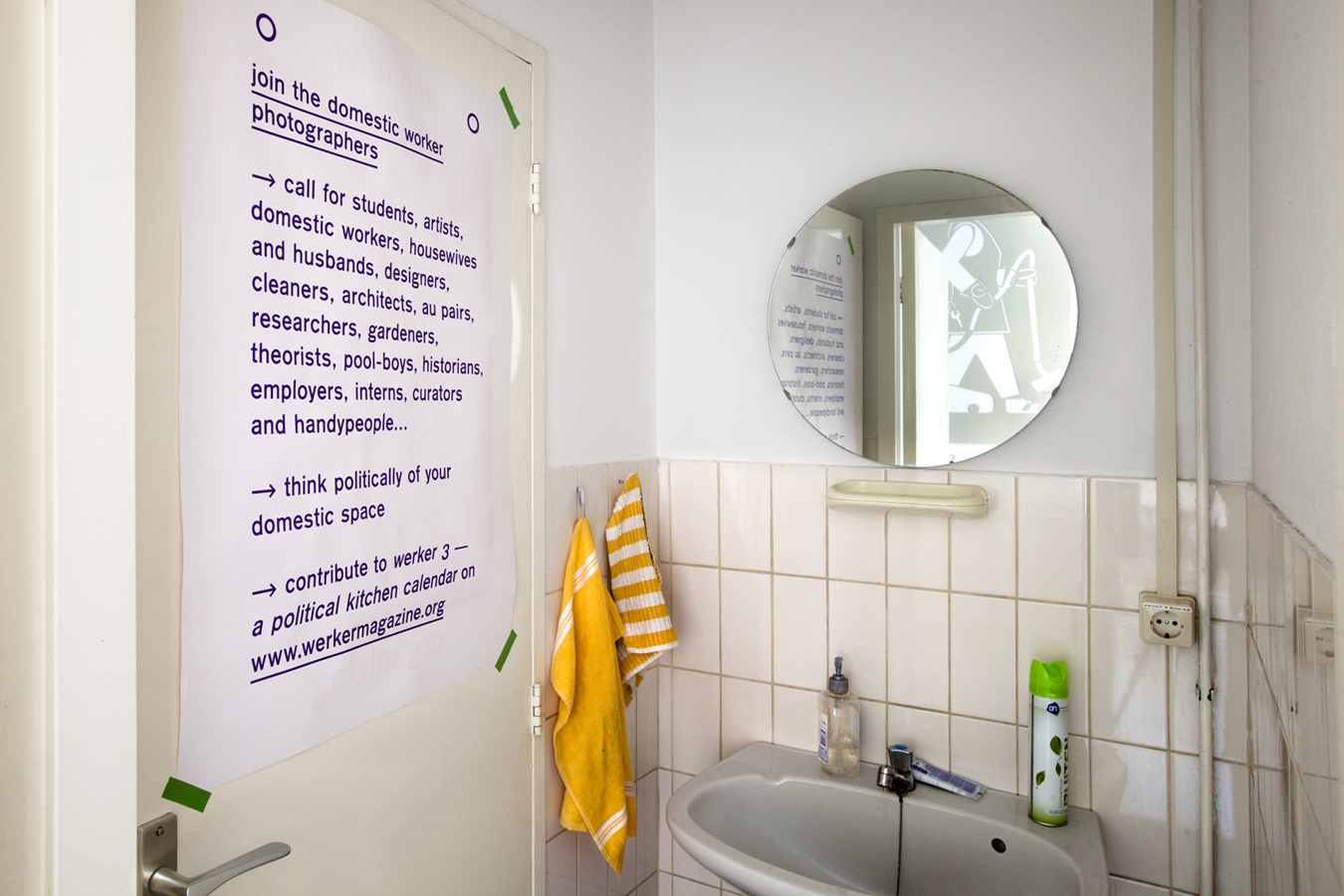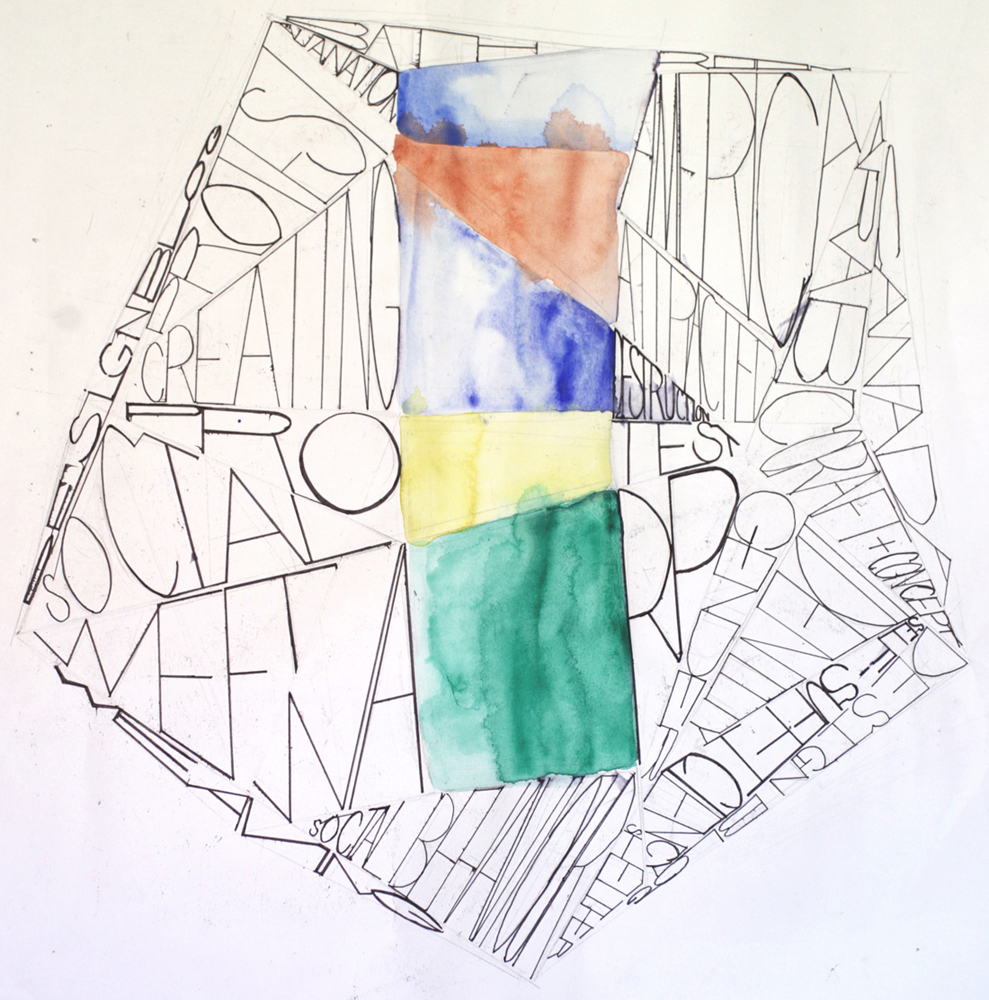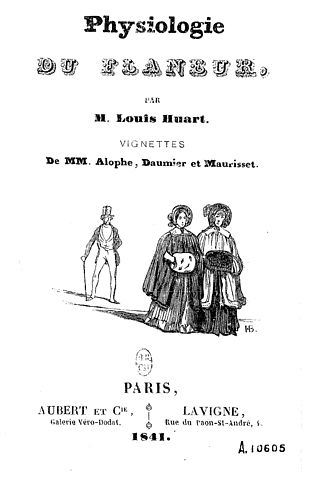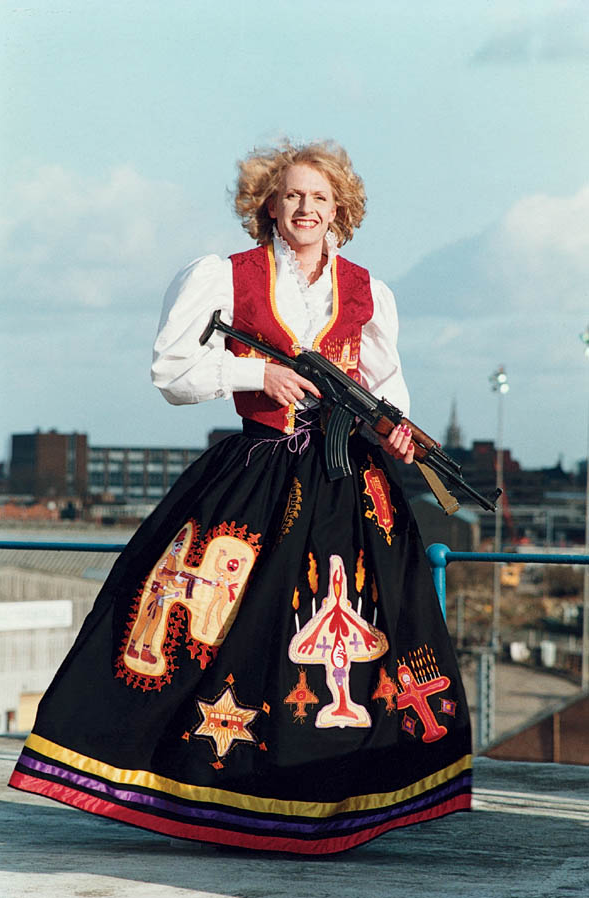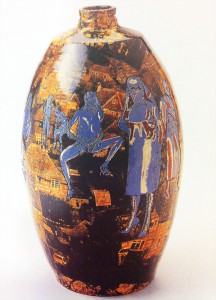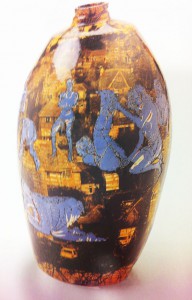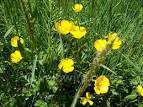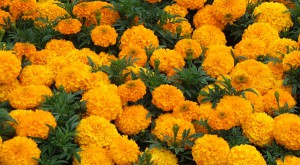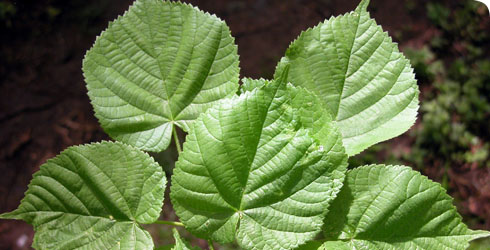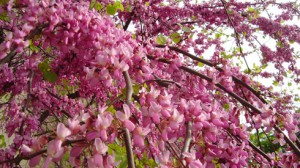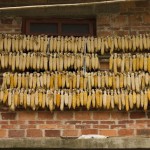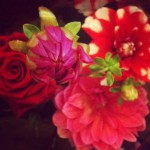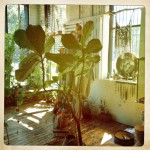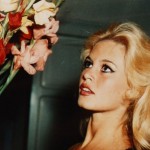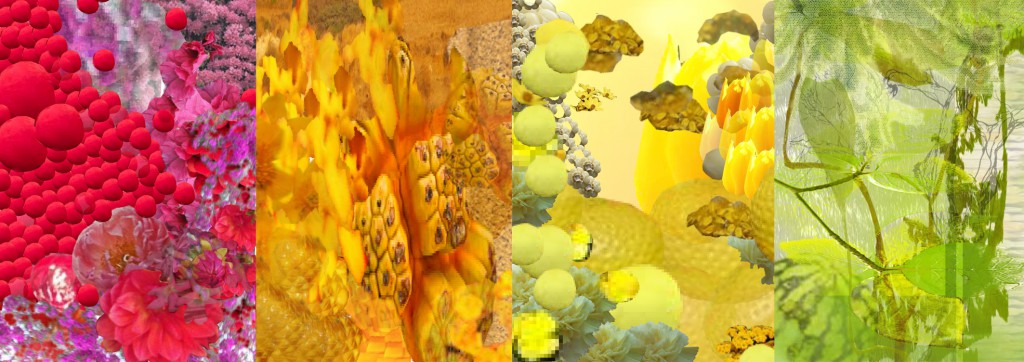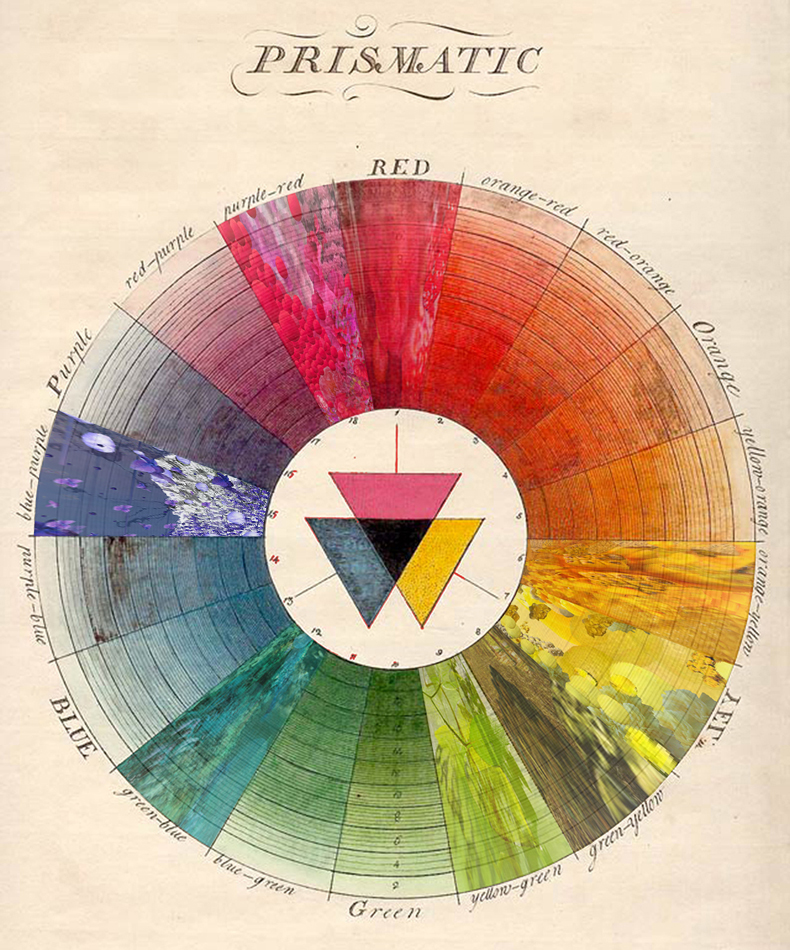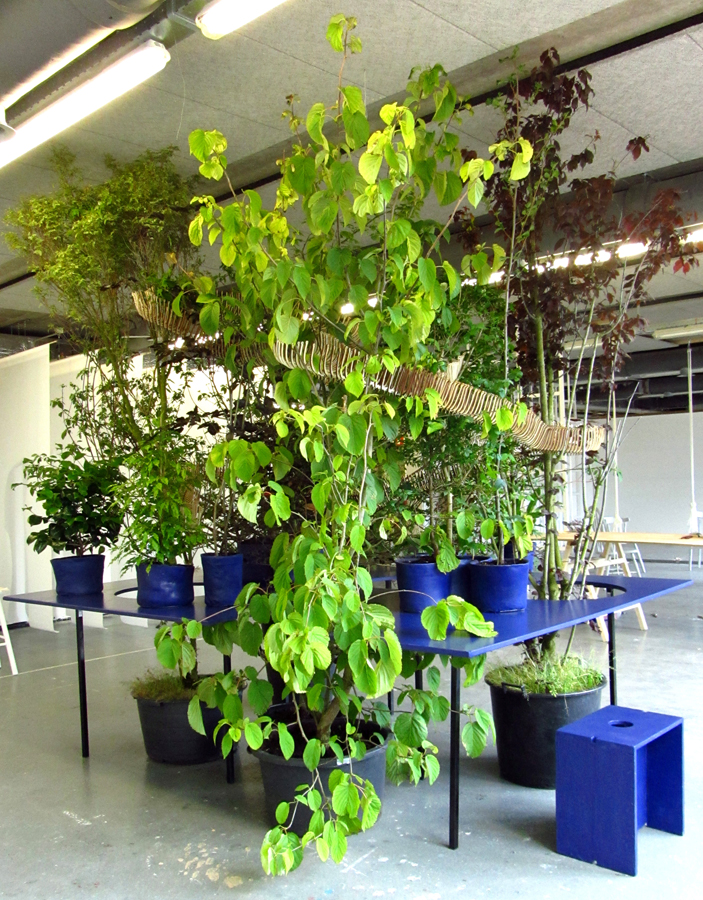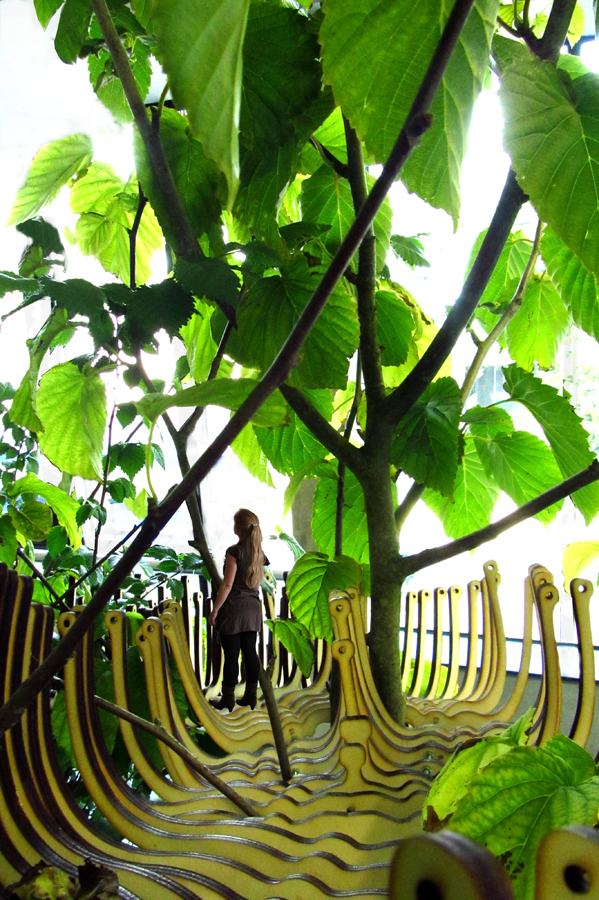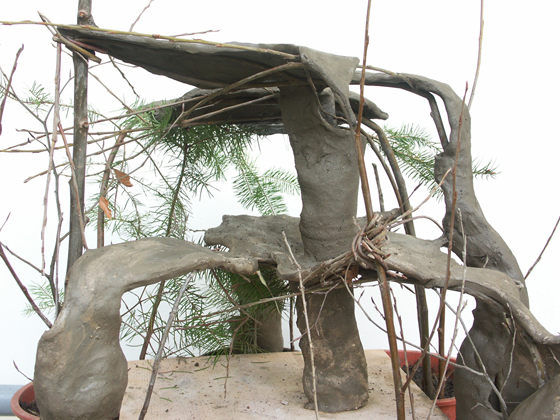When we got an assignment to contact a person that influences and fascinates us I got lost for a moment. There are simply too many people whom I would be curious to meet and ask about their work and inspirations! After a couple of failed email conversations with hard-to-reach professionals I decided to try another way. My inspiration came spontaneous as a follow up of my daily curiosities. I personally find it very stimulating for my own working process to make a step aside from the main route and see what is it there behind the corner because you never know! Following this simple idea I went to a butchery I have been to recently. I already had a short encounter there with a butcher Mike and a video of him slicing slaughtered pig. Therefor we met again and I had a great opportunity to spend some time at the butchery with the best butcher-guide! During that meeting I discovered the world of modern dutch butcher and afterwords continued on searching for the best object i could make to tell the story of this meeting. In the text below you can find all the process steps that led to the creation of the final piece- OBJECT of CURIOSITY.
First Reaction: Right after the meeting I decided to quickly summarize what had happened and what material I have now. I had a sticker with all of the information about the pig Mike was slicing and loads of videos documenting almost the whole meeting. I decided to make a list of tags which would describe that meeting.
First tryout: My first idea was to make a fan with sharp knifes used as blades. I thought it would be a funny metaphor for the meeting. Chilling plus being dangerous.
Second tryout: Understanding that the fan idea is too flat I decided to try to make something what the butcher could use. Here is a sketch of some kind of logo/identity proposal.
Third tryout: After talking to my teacher and classmates I decided to go away from my direct design solutions and think more about what was my experience like, what made this meeting so special? The experience was unexpected, though the location of the meeting suggested some narratives, and the main conclusion I made was that my own curiosity led my towards this happening. I started sketching to figure out what object can look common but yet carry something surprising in it and trigger peoples curiosity at the same time.
Final idea: To go further I decided to ask my friends in what situations they feel the most curious? Receiving their opinions I understood that all of them were naming the situations where the communication with other people involved. At this point it became obvious for me! That now I want to make something that I can give to others, something that will become something else when used by people. And here came the idea to make some kind of lottery ticket called OBJECT of CURIOSITY. It will help people to create their own Object of Curiosity and at the same time will be object that contains the curiosity in itself. Here is the first version of it.
Final design: To make it look more like a lottery ticket I made a design for the object and used special techniques by applying scratchable lines on it.
Final move: To finish my project I asked two of my friends to test OBJECT of CURIOSITY and sketch their own Objects of Curiosity. Here below is what came outcome.
OBJECT of CURIOSITY is a lottery ticket to the greatest trip of your imagination! In this object I tried to combine suspense with excitement, make it open and closed at the same time and, above all, interactive. This is a metaphor for the process of my work and a useful tool for others.
!BE CURIOUS!
